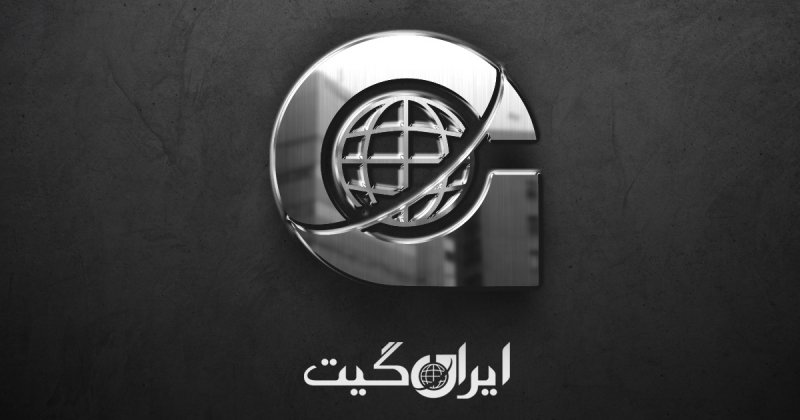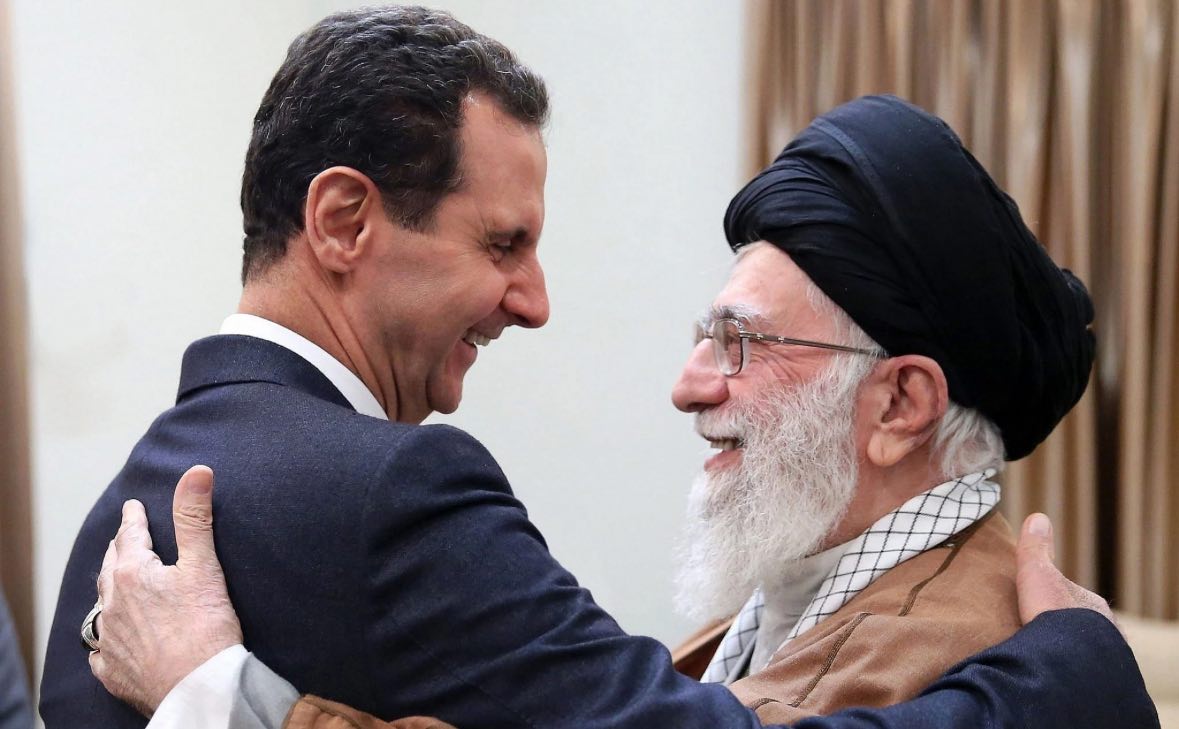Revealing Tehran’s Grand Plan for Syria
Revealing Tehran’s Grand Plan for Syria
Reuters news agency, in a special report, has unveiled a 33-page official study by the Iranian government, which outlined Tehran’s intention to establish an empire for itself by economically rebuilding Syria, while simultaneously deepening its influence over Bashar al-Assad’s government.
Reuters states that this document, prepared in May 2022 by the political and economic section of the Iranian embassy in Syria, was discovered during the looting of the Islamic Republic’s embassy in Damascus when the Syrian capital fell to Assad’s opposition rebels in December 2024.
The study referenced the Marshall Plan for rebuilding Europe after World War II, noting that the United States’ strategy was successful in making Europe economically, politically, and socio-culturally dependent. Reuters, in a report published on Thursday, May 1, says the Islamic Republic of Iran aimed to do the same by rebuilding war-torn Syria.
This study was part of hundreds of other documents, including letters, contracts, and infrastructure plans, found in the Iranian embassy in Damascus and other parts of the Syrian capital, showing how the Iranian government intended to recoup the billions of dollars spent to save Bashar al-Assad’s regime during the prolonged civil war.
Reuters journalists, during visits to Iranian power centers in Syria after Assad’s fall, including diplomatic, economic, and cultural offices, photographed around two thousand files, including trade contracts, economic plans, and official telegrams, and left them where they were found.
The journalists then used artificial intelligence, including Thomson Reuters’ AI legal assistant, to summarize and analyze the texts.
Iranian officials have not responded to Reuters’ requests for comments regarding their findings.
Officials of the new Syrian government have also refused to comment on Iran’s role during Assad’s regime.
A $400 Billion Opportunity
One key point in this study mentions a $400 billion opportunity. According to Reuters, Iran’s hopes for an economic empire faded when Syrian opposition rebels overthrew Bashar al-Assad’s government last December. The ousted dictator fled to Russia, and Iranian militias, diplomats, and companies hastily exited the country, with the Islamic Republic’s embassy in Damascus being looted by opponents.
The building was filled with documents highlighting the challenges faced by Iranian investors.
Reuters says it interviewed dozens of Iranian and Syrian businessmen, reviewed the websites of Iranian companies operating in the gray areas of sanctions, and visited some abandoned Iranian investments, including religious sites, factories, military facilities, etc. These investments failed due to militia attacks, local corruption, sanctions, and bombings by the U.S. and Israel.
According to the news agency, one of these investments was the construction of a €411 million power plant on the coast of Latakia, built by an Iranian engineering company. This plant is now out of operation. An oil extraction project in the eastern Syrian desert has been abandoned.
A $26 million bridge over the Euphrates River, constructed by an entity affiliated with Ali Khamenei, the Supreme Leader of the Islamic Republic, collapsed years ago due to an airstrike by a U.S.-led coalition. It was neither repaired nor fully paid for by the Syrian government.
The report adds that nearly 40 projects in the remaining files from the Iranian embassy represent a portion of the Islamic Republic’s total investment in Syria.
However, Reuters has found that one item among these is Syria’s overdue debts to Iranian companies, which amounted to at least $187 million by the end of the war. Some former members of the Iranian parliament estimate Assad’s total debt to Iran to exceed $30 billion.
According to the Reuters report, Iranian businessman Hassan Shaikhisi lost €16 million worth of car parts sent to the Syrian port of Latakia just before Assad’s escape. Mr. Shaikhisi stated, ‘I had set up an office and a house in Syria, all of which were lost.’ He says he never received payment for the goods that disappeared. ‘I hope only Iran’s long history with Syria isn’t lost. Now I’m looking elsewhere for trade.’
Ultimately, Iran’s failed hopes of emulating the Marshall Plan and building an economic empire that included Syria went beyond the U.S. defeat in Iraq and Afghanistan.
The initial intervention in the Syrian civil war in support of Bashar al-Assad deepened Iran’s influence over this Mediterranean coastal country.
The story of wasted investments highlights the financial risk associated with this intervention and how the mutual reliance of the despised governments of Syria and Iran harms both.
For officials of the Islamic Republic, Assad’s fall and the collapse of their plans in Syria occurred in a precarious situation.
With Iran’s proxy forces in the region, namely Hezbollah in Lebanon and Hamas in Gaza, being destroyed by Israel, the Islamic Republic was weakened.
Tehran is also under pressure from U.S. President Donald Trump to agree to a deal that could roll back Iran’s nuclear program or face potential military action if it refuses.
Iran’s regional rivals, including Turkey and Israel, are rushing to fill the vacuum left by Iran’s withdrawal from Syria.
The new Damascus government is also striving to rebuild the war-torn country.
Abbas Akbari, Responsible for Iran’s Economic Plans in Syria
Reuters says the individual tasked with implementing Iran’s economic programs in Syria was a bearded construction manager from the Islamic Revolutionary Guard Corps named Abbas Akbari. Mr. Akbari was appointed with much fanfare in March 2013 to lead an organization called the Headquarters for the Development of Economic Relations between Iran and Syria.
The mandate of this organization was to strengthen trade and finalize Iran’s investments.
His team conducted a study that adopted the Marshall Plan as a model in its agenda.
Reuters says it found letters signed by Akbari in the looted Iranian embassy.
These documents include details of projects he supported or allocated funds to.
Akbari has not responded to Reuters’ request for comment. The Islamic Republic of Iran’s economic plans in Syria began long before Abbas Akbari’s involvement.
The MAPNA Group secured its first major contract in 2008 for the development of a power plant near Damascus.
A second contract for the construction of another power plant near the city of Homs was soon signed.

